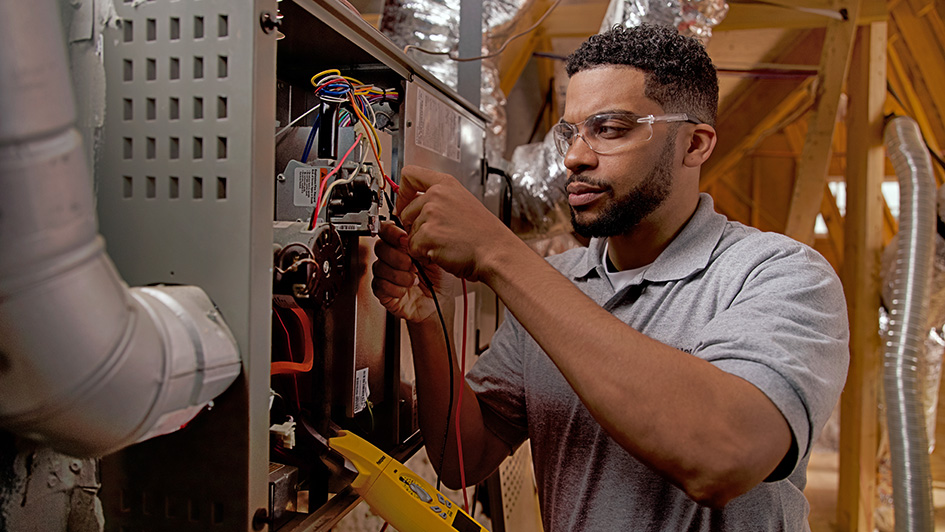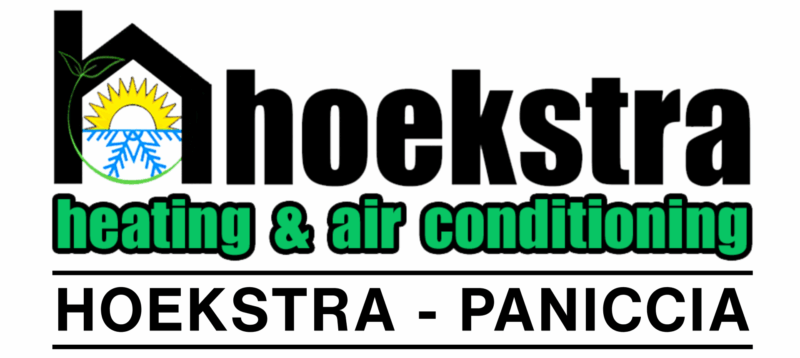
A furnace is almost always a background player in your home, helping keep you warm in the cold winter months. It frequently isn't noticed until something goes wrong.
One cause might be that your furnace has a cracked heat exchanger. It’s a potentially dangerous issue, so it’s worthwhile to familiarize yourself with the evidence of a cracked heat exchanger and what you can do if you are worried that might be the problem.
What Is a Heat Exchanger in a Furnace?
A heat exchanger helps move heat from the combustion chamber in your furnace to the air that circulates inside the ventilation. It generally handles this with coils or tubes that heat up the air while functioning as a barrier to keep byproducts formed in the combustion chamber, called flue gasses, from leaking out into your home.
Is a Cracked Heat Exchanger Dangerous?
Thanks to its central role, it isn't surprising that a broken heat exchanger can pose a risk. Cracks in the heat exchanger can permit dangerous gasses – such as carbon monoxide, which can be lethal – to flow throughout your home.
For this reason, do NOT use your heating if you suspect it has a cracked heat exchanger, as doing so could make the entire family ill. Contact an HVAC professional as soon as possible if you think your heater has a cracked heat exchanger that needs to be repaired.
Four Warning Signs of a Cracked Heat Exchanger:
- Furnace shuts off: A cracked heat exchanger may cause your furnace to turn off.
- Strange Smells: If the air leaving your furnace has a powerful chemical scent, it may be evidence gasses are slipping through cracks in your heat exchanger. These byproducts, which may smell like formaldehyde, are a significant warning sign.
- Carbon monoxide alarm is triggered or you recognize health problems: If a cracked heat exchanger is releasing carbon monoxide inside your home, your carbon monoxide alarm could go off or household members may start experiencing signs of carbon monoxide poisoning. Symptoms include headaches, dizziness, weakness, nausea, vomiting or feeling drowsy. If the alarm goes off or you feel unusually tired, exit the home right away and then call for help.
- Soot: If you find black sooty buildup near the exterior of your furnace, it’s another sign something could be seriously wrong.
What You Should Do if Your Furnace Heat Exchanger is Cracked
If you suspect your furnace has a cracked heat exchanger, contact a pro experienced in furnace installation Michigan City right away so they can inspect your system and, if needed, perform a furnace heat exchanger replacement. Costs should fluctuate depending on the situation, but estimates can roughly suggest $1,000 to $3,000.
However, the good news is that heat exchangers are often protected by the warranty. You should check the warranty paperwork on your furnace, since while the warranty might not cover the entire cost of repairs, it still may significantly shrink your bill.
How to Prevent a Cracked Heat Exchanger in Your Home
One of the best ways to avoid problems in your furnace overall is through routine furnace maintenance. Furnaces work the best when they operate efficiently. Hiring a certified professional to examine your furnace for broken-down parts, clogs in the air filters and other potential problems can help you avoid getting a big bill later on.
It’s also beneficial to review your furnace filters every few months – it’s recommended some filters be replaced every 90 days or sooner if they are dirty or grimy. While the filters are not part of the heat exchanger itself, the strain of dragging air through a clogged filter makes the entire furnace work harder to complete its job. And the harder your furnace has to work, the more wear and tear components like the heat exchanger will experience.
